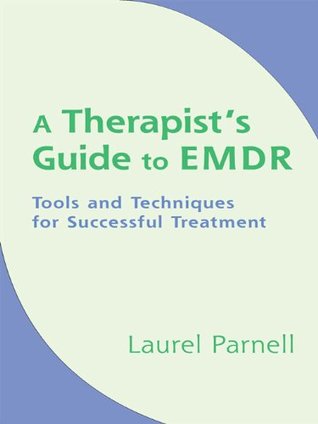1. Light up the memory network as clearly and completely as possible, engaging the different components (image, NC, emotion, and body sensations) so the processing can best move unimpeded to completion. 2. Get some kind of image if possible. Even if the image is vague, it stimulates the visual memory track. The image can be abstract, such as a red blob that represents the client’s anger or a drawing that represents what the client is experiencing. The image can be metaphorical, symbolic, or dreamlike. For example, with a person who has no visual memory but has strong body sensations, you can
...more
Welcome back. Just a moment while we sign you in to your Goodreads account.


